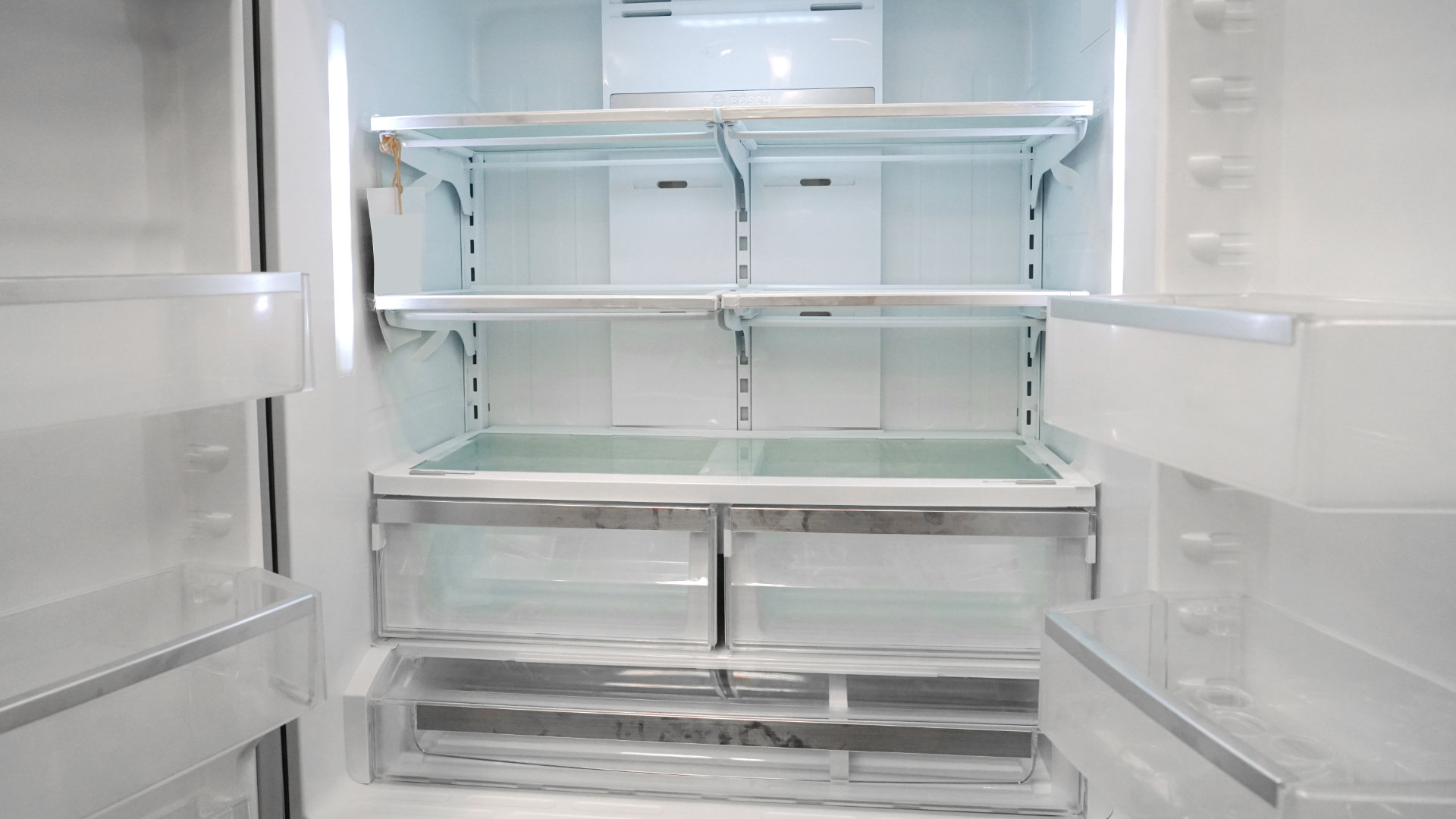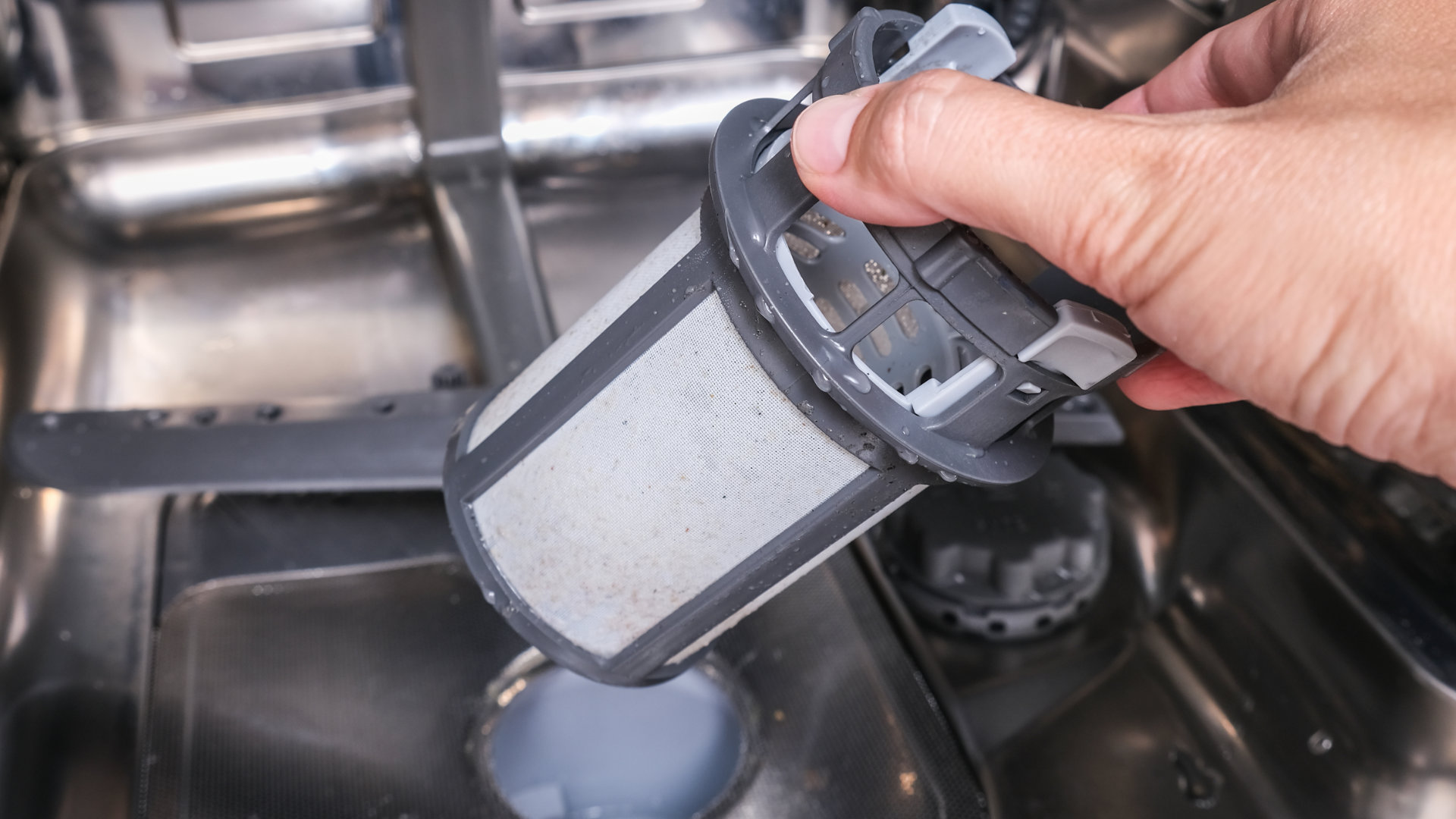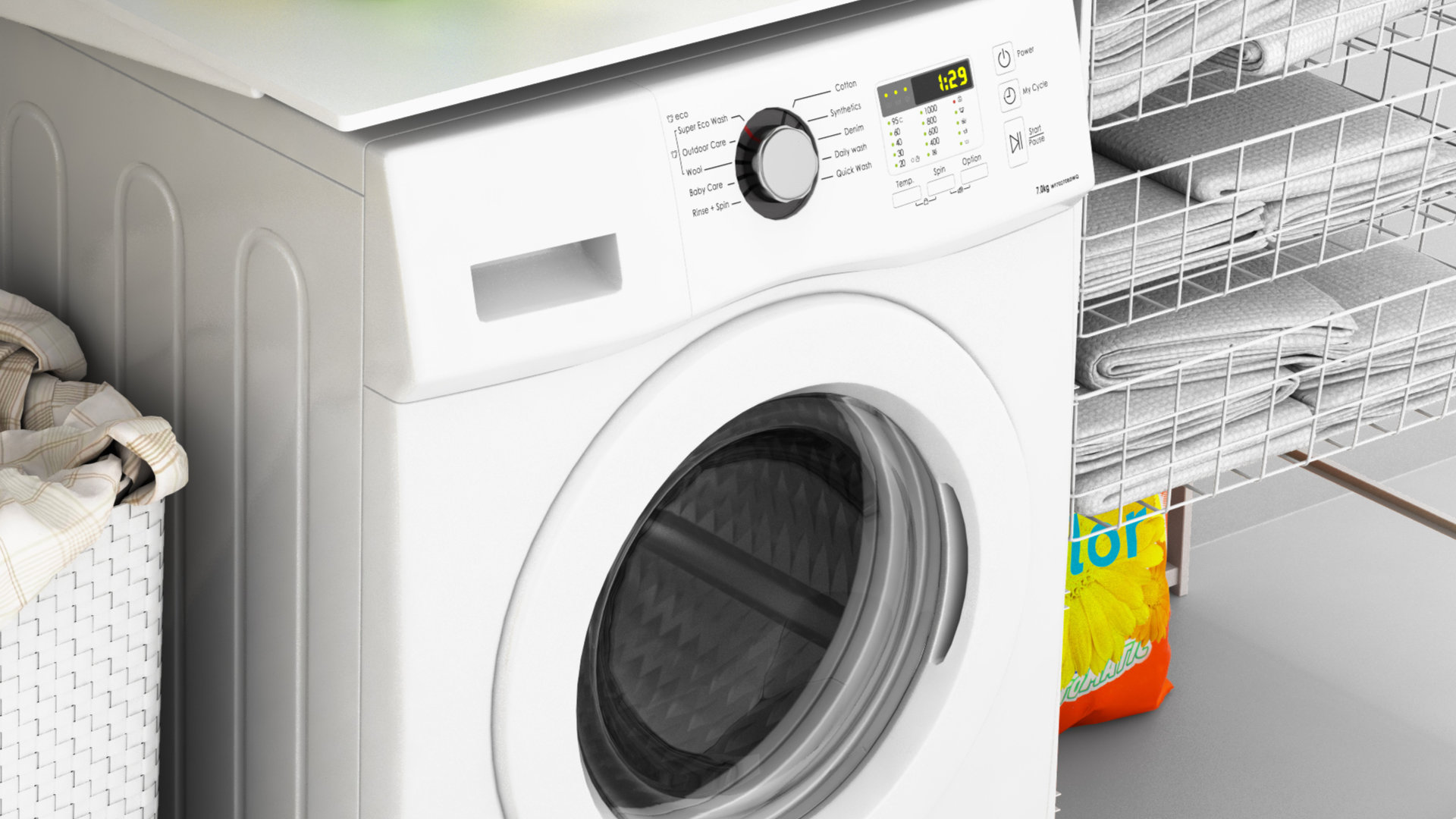
If your washer won’t drain, you can’t use it – it’s that simple. There are many different reasons why your washer might not be draining, and fortunately, it can often be a very simple problem to fix.
This guide will explain the most common reasons why your Samsung washer refuses to drain after a wash cycle and provide some simple solutions you can try to fix the problem.
The following models of Samsung washer are covered by this guide:
592-49045
592-49075
592-49082
592-49087
WF203ANSXAX
WF206ANSXAA
WF206ANSXAC
WF206BNWXAC
WF210ANWXAA
WF218ANBXAA
WF218ANWXAA
WF219ANBXAA
WF219ANWXAA
WF220ANWXAA
WF328AAGXAA
WF328AARXAA
WF328AAWXAA
WF330ANWXAA
WF340ANGXAC
WF340ANRXAC
WF350ANWXAA
Make Sure the Washer Is Level
If your washer is not level, then the wash water will not drain, either due to a failsafe switch or the pump failing to work due to the tilt.
Use a spirit level to check that the washer is level. Remember to check both left to right and front to back. If the washer is not level, adjust the adjustable feet if your model has these. Otherwise, you can try to add flat pieces of wood underneath the corners of your washer to achieve a level height.
Manually Drain Your Washer
If the washer won’t drain, you will need to manually remove the wash water from the tub before you can continue.
For front-loading models, this is simple. Follow these steps:
- Turn off the water supply to your washer at the faucet.
- Switch off the power to your washer at the wall or unplug it.
- Remove the service flap at the bottom left corner of the washer’s front panel.
- Take a large bucket and place the emergency drain hose inside.
- Remove the plug from the emergency drain hose, and let all of the water run out.
If your model is a top-loader, you will need to drain the washer through the drain hose. Here’s how to do it:
- Turn off the water supply to your washer at the faucet, and unplug the power cable.
- Take the washer out from the wall so you can access the back.
- Place down towels and a large bucket.
- Disconnect the drain hose from the drain pipe or sink, and aim it into the bucket.
- Let the water flow until flow stops.
- Reconnect the drain hose, and replace your washer before turning the power and water back on.
Check the Drainage Hose
When the wash water drains out of your washer after a wash cycle, it is pumped through the drain hose to your outlet pipe or sink. The drain hose is the gray pipe that runs from the back of your washer to the sink or wall pipe. If it is blocked, kinked, or installed incorrectly, your washer will not drain.
First, turn off the water and power supplies to your washer; then take the washer out from the wall so you can access the back. Then, follow these instructions to check for blockages and kinks:
- Disconnect the hose from the washer, and check along its length for any large objects inside that may be blocking flow. Squeeze these out or use a long object to remove them.
- Rinse the hose out with hot water and detergent.
- Check the hose for kinks or sharp bends. Remove these by untwisting.
- Check the hose for signs of obvious damage. If it is damaged, you will need to purchase a new drain hose. Check your washer’s operating model to find the specifications for the hose you need.
If nothing is blocking the hose, the problem may be with the connection to the drain pipe. Use this checklist to make sure your connection is not causing a problem:
- Do not use a drain hose extension kit. If you are using one, remove it.
- Check that the drain hose is not inserted more than 6 inches into the drainpipe or sink. Tie the drain hose to the wall or the other hoses to make sure it does not slip down further during operation.
- Check the connection at the wall pipe. It should not be airtight, or a vacuum will form and the pump will not work. If it is airtight, loosen it by hand or pull it further out of the drain pipe.
Clean the Drain Filter
The drain filter captures lint and foreign objects in the wash water so they don’t end up in your wastewater. A buildup of lint or mold over time can block the filter, so it needs to be cleaned regularly. Alternatively, a large foreign object, such as a hairpin, earring, or sock, can become lodged inside the filter, preventing drainage.
Cleaning the drain filter is straightforward. For top-loaders, here’s what to do:
- Turn off the water and power supplies to your washer.
- Manually drain the washer, and remove any laundry inside.
- Open the washer lid, and remove the filter from the back of the tub.
- Open the filter and clean it by scrubbing it with a soft brush under running water.
- Replace the filter and turn the power and water back on.
For front-loaders, here’s what to do:
- Turn off the water and power supplies to your washer.
- Manually drain the washer.
- Remove the service flap at the bottom left corner of your washer’s front panel.
- Place down towels in front of the filter cap.
- Remove the filter by twisting it firmly counterclockwise, unscrewing it, and pulling it toward you.
- Thoroughly check the filter and its housing and thread for any foreign objects and remove them.
- Clean the filter with a soft brush under running water, and rinse it with clean water.
- Replace the filter and screw it clockwise until it is secure.
- Replace the service flap.
- Turn the water and power back on at the wall.
The problems and solutions provided in this article cover the most common causes of a Samsung washer that won’t drain, but there may be other causes. If you have tried these solutions and your problem persists, contact a professional appliance repair technician to diagnose and fix your issue.

How to Reset a Whirlpool Refrigerator Ice Maker

6 Reasons Your LG Refrigerator Is Not Making Ice

Kenmore Fridge Ice Maker Not Working? 5 Ways to Fix It

How to Remove Fish Smell from Your Refrigerator

How To Fix Bosch Dishwasher E24 Error

Troubleshooting a Whirlpool Dishwasher Not Draining

Why Is Your Fridge Water Not Working, but Ice Is?

How to Fix the E15 Bosch Dishwasher Error Code

How Much Power Does a Microwave Use?

How to Properly Clean Refrigerator Coils

How to Fix an LG Washer Showing OE Error Code

Troubleshooting a GE Dishwasher with No Power and No Lights

10 Reasons Why Your Bosch Dishwasher Won’t Start

Troubleshooting the F5 Error Code with a Maytag Washer


